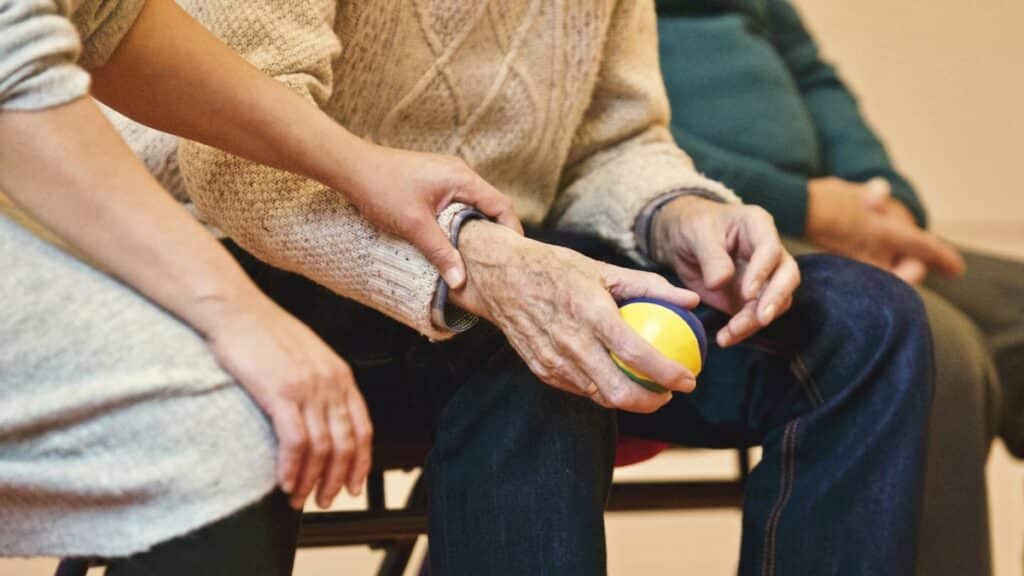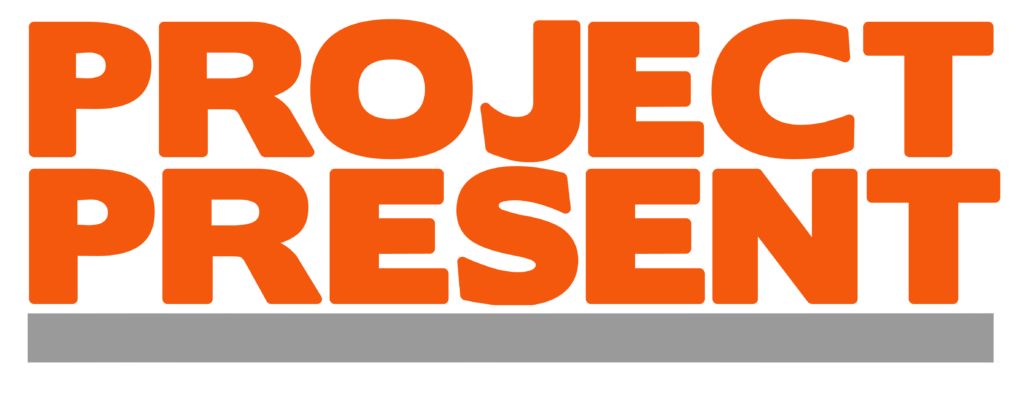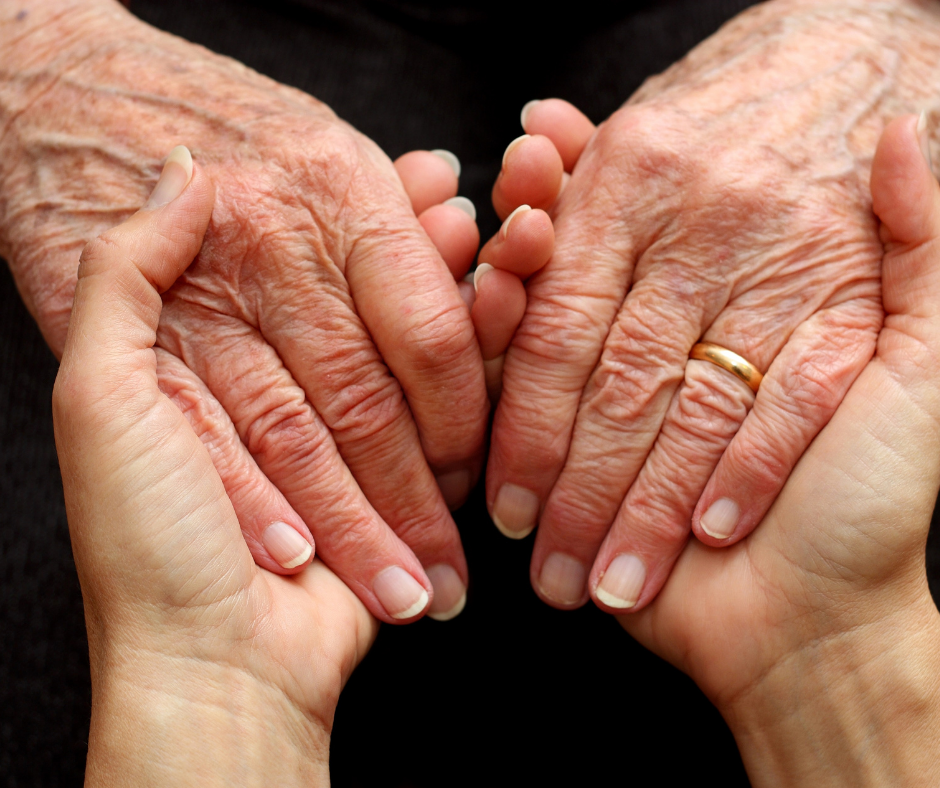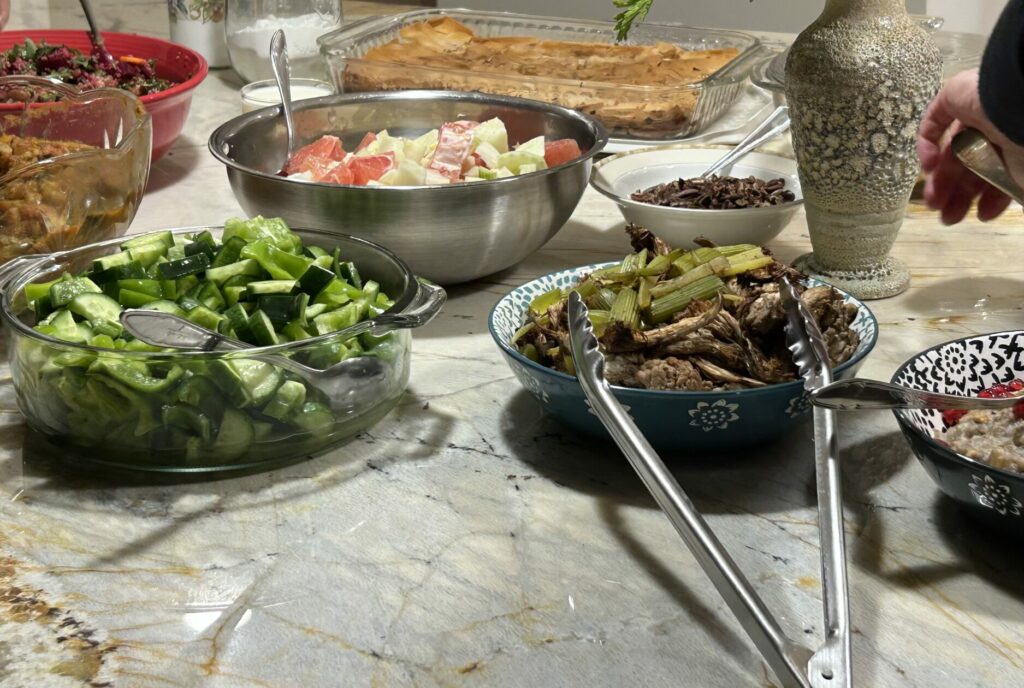A stroke can change your life forever. Every year, over 795,000 Americans have a stroke. For about 610,000 people, it’s their first one, while another 185,000 strokes are in people who’ve previously had a stroke. The human toll is substantial: nearly 1 out of every 20 deaths in America is due to a stroke, roughly 140,000 people annually. While many recover, stroke remains the leading cause of long-term disability, with nearly half of stroke survivors over 65 experiencing a permanent reduction in mobility. Although more common in adults over 65, strokes can undoubtedly occur at any age, with 35% occurring in those under 65. More and more stroke survivors are making better recoveries thanks to increased care, greater awareness, and more stringent post-stroke recovery plans emphasizing physical therapy and lifestyle changes.
If you or someone you know has had a stroke and survived, recovering at home after rehab can be overwhelming. There are many ways for stroke survivors to get the care they need. In this article, we will examine one option: in-home care and how it can support stroke recovery.
Once a stroke patient is discharged from the hospital or a rehab facility, the recovery process at home begins. Some stroke survivors will require a complete lifestyle change while they recover. For this transition to successfully take place, the following should be considered:
- A safety assessment of the home to ensure simple things like handles and railings are in place to make the home safer and more accessible. This is important for individuals with even minor physical impairment.
- In case of stroke-induced paralysis, the house needs to be made more wheelchair-accessible.
- Removal of rugs to prevent falls.
- Re-organization of furniture for more effortless movement around the home.
The rehabilitation process is the most critical part of any stroke recovery, with fall prevention measures key to success for long-term recovery. Usually, the hospital will devise a plan for the patient’s rehabilitation depending on whether they decide to stay in the hospital, go to a nursing home, a rehab facility, or at home.
A few things pop up in the rehabilitation process:
- Physical therapy
- Relearning how to perform everyday tasks
- Mental health counseling
- Speech therapy
A major pillar of the rehabilitation process will be physical therapy and consistency with physical therapy exercises. Caregivers can assist clients and help them stay on track with exercises set up by physical therapy. Consistency with these exercises is essential. In many instances, caregivers are more effective at ensuring a client performs physical therapy exercises when compared to family members since the role of the caregiver is to keep their client on track and have an exercise regimen.
Consistency is key to recovery, and caregivers are often firsthand witnesses to the impact activity can have on a stroke survivor’s outcome. The emotional and psychological toll can be just as debilitating as the physical effects, so caregivers and families alike must be motivational advocates for survivors and do their best not to lose sight of goals, especially in the first months at home. In a care plan aimed at rehabilitating a survivor, an effective caregiver must push for consistency with exercises and make sure all focus is on the client, their recovery process, and their goals. Taking the time to focus on exercise routines, mental health, medication, and anything else needed to achieve the best outcomes is all part of what a caregiver reinforces.

Caregivers and family members should be looking out for signs of another stroke. In fact, around a quarter of the 795,000 Americans who survive their first stroke will have a second stroke. Therefore, a clear Care Plan must be established and followed by the survivor and all of their caregivers. This plan is a living document that considers everything: feedback from a survivor’s medical team, physical and occupational therapy recommendations, caregiver observations, outcome goals, medications, etc. This plan should also account for all life changes the survivor is comfortable making, including but not limited to changes in diet, lifestyle, and routinely tracking numbers like blood pressure and blood sugar.
The bottom line: survivors can’t lose sight of the fact that surviving one stroke does not mean they are out of the woods and won’t have another. The end goal is not only rehabbing but also preventing another stroke. Treatments to avoid a second stroke have drastically increased, and health care professionals are conscious of the importance of tailoring treatments for individual patient situations. A lot can be done at home as well and again, as with everything else, consistency is key. Checking numbers at home, such as blood pressure and blood sugar, and understanding the importance of tracking said numbers is crucial to long term prevention.
Although lifestyle choices, such as diet and exercise, and genetics play huge roles, sometimes, there is no explanation as to why someone has a life changing stroke. The best that we can do is be consistent and if you or a loved one have a stroke, it’s important to understand your options. This is especially true for those who want to remain in their home and as independent as possible. This is where home care comes in. To understand how we can help, please feel free to give us a call, or access the chat on our website. In addition to explaining the role of home care, we can also help direct you to local resources, such as geriatric care manager, that can aide you in determining the appropriate post-stroke care solution.



